Seven of the best greenhouses in Britain
Some people swear by a hardwood frame, others prefer aluminium. Whether you use yours for potting on or plating up, there’s a greenhouse for every gardener. Non Morris talks to garden luminaries about their preferences. Photographs by Andrew Sydenham for Country Life.
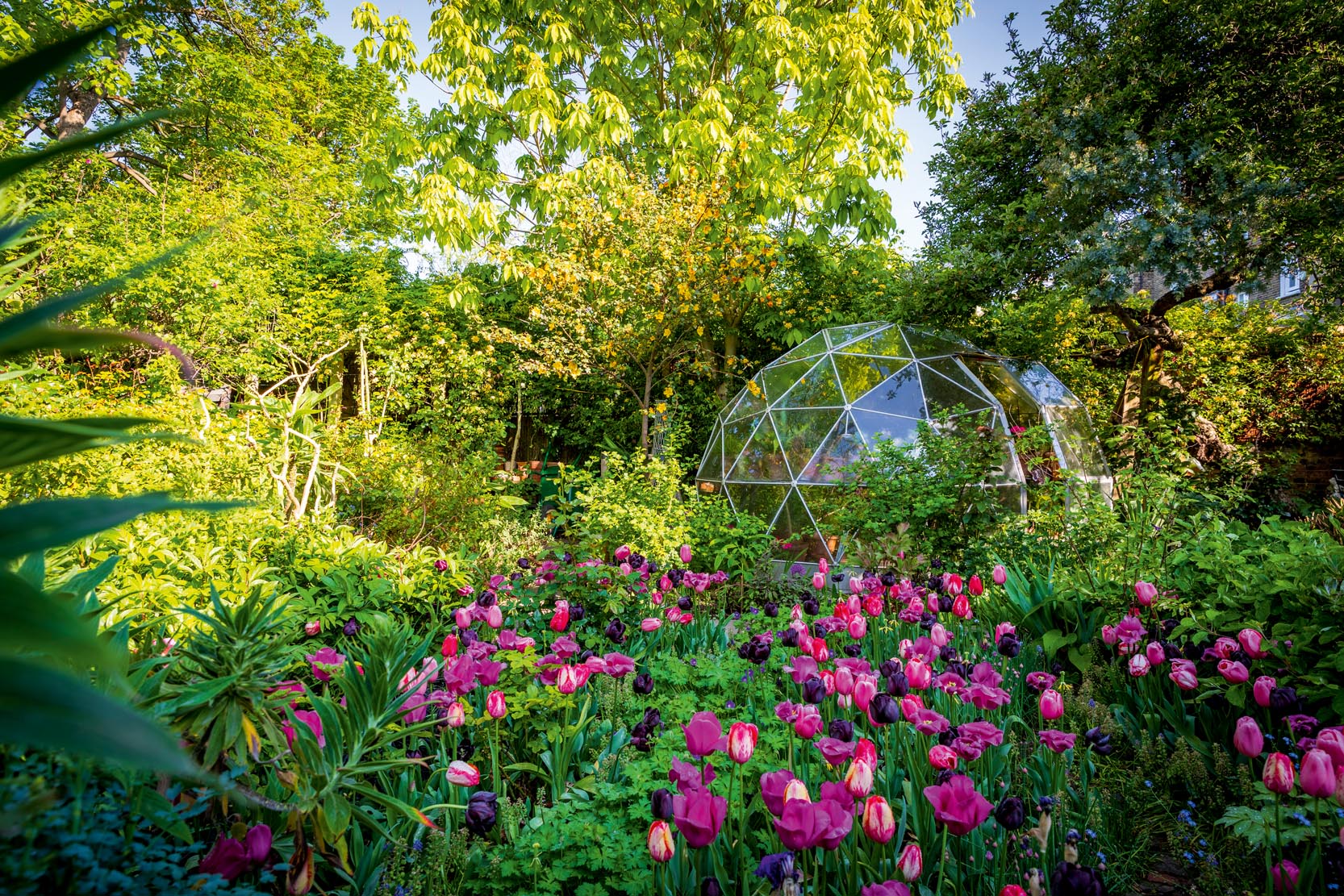

Charles Rutherfoord and Rupert Tyler: Out-of-this-world geodesic dome
The elegant London home of architectural designer Charles Rutherfoord and National Garden Scheme chairman Rupert Tyler is a constantly playful mix of the classic and the contemporary, so it makes complete sense to find a futuristic Solardome greenhouse emerging from a sea of richly-coloured tulips in the garden.
‘I bought it 30 years ago as a present for Rupert,’ explains Mr Rutherfoord. ‘The structure was invented by a German U-boat captain captured at Scapa Flow who saw what Buckminster Fuller was doing with his geodesic domes. It’s very good for growing, because there are always panes of glass perpendicular to the sun’s rays.
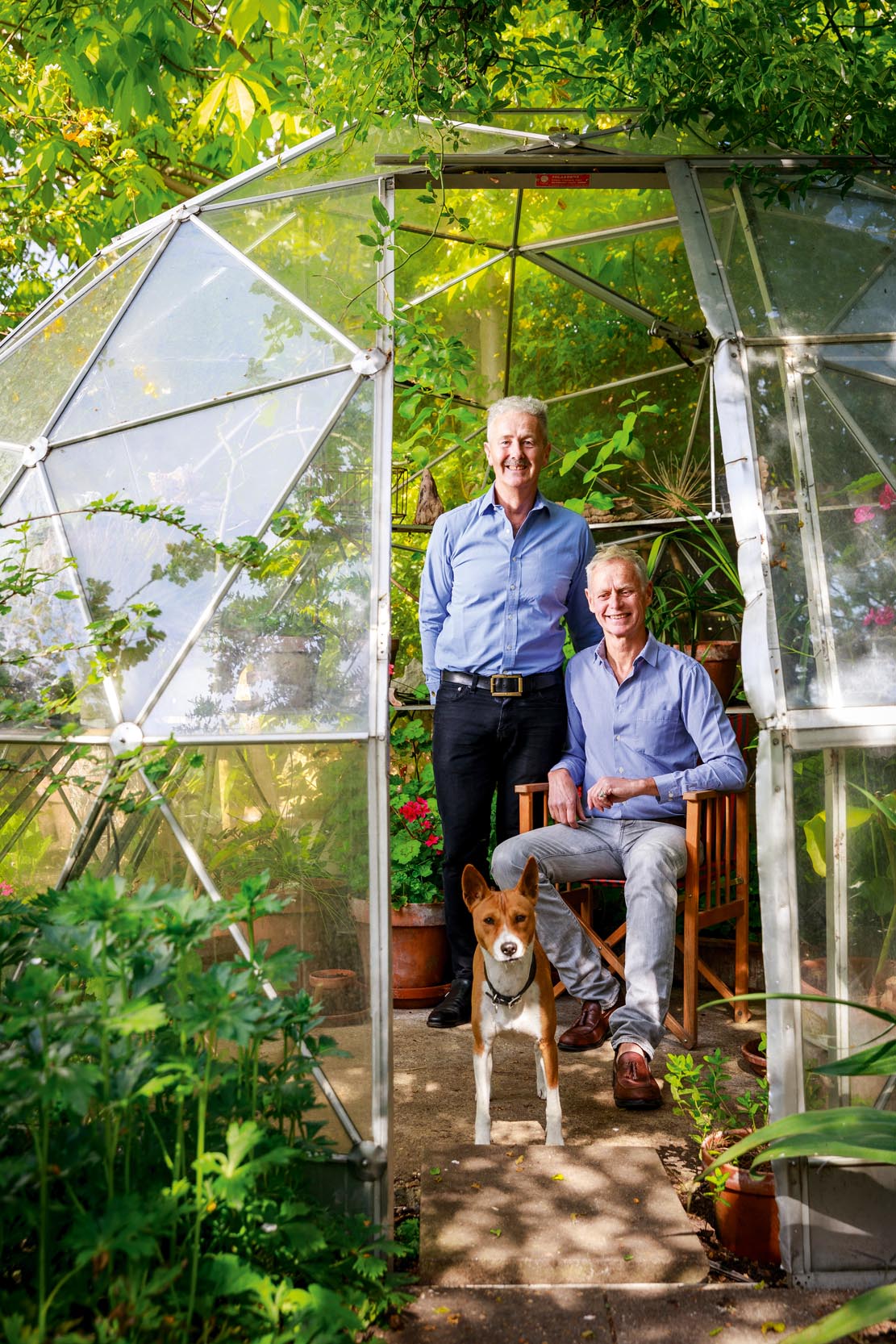
‘It fits so beautifully into the garden — a rectangular greenhouse might appear odd in a garden with no walls — and looks compact, but takes an extraordinary amount of stock. Inside, there is a central concrete base, a 20in border around it and mahogany staging. It’s full of brugmansias, rare impatiens and geraniums in winter, plus it’s big enough to sit in in the summer.
‘It’s incredibly strong, made of aluminium that has oxidised to a lovely greyish silver and is truly low maintenance — we have replaced two panes of glass in 30 years. It’s a story with no regrets, I always recommend it.’
51, The Chase, London SW4, is open on June 26 and September 4 for the National Garden Scheme (www.ngs.org.uk)
Polly Nicholson: Handsome hardwood
A three-bay glasshouse is key to Polly Nicholson’s artisan business Bayntun Flowers. When Arne Maynard was commissioned to design the walled kitchen garden, there was already an atmospheric Victorian conservatory attached to the house, so the new greenhouse needed to be as elegant, but reliably practical.
‘Arne recommended a Foster & Pearson hardwood greenhouse and cold frames because they are so durable and have more gravitas than others we considered. They’re painted in a specially created breathable lime-based paint and they have only needed repainting once in 10 years.
Sign up for the Country Life Newsletter
Exquisite houses, the beauty of Nature, and how to get the most from your life, straight to your inbox.
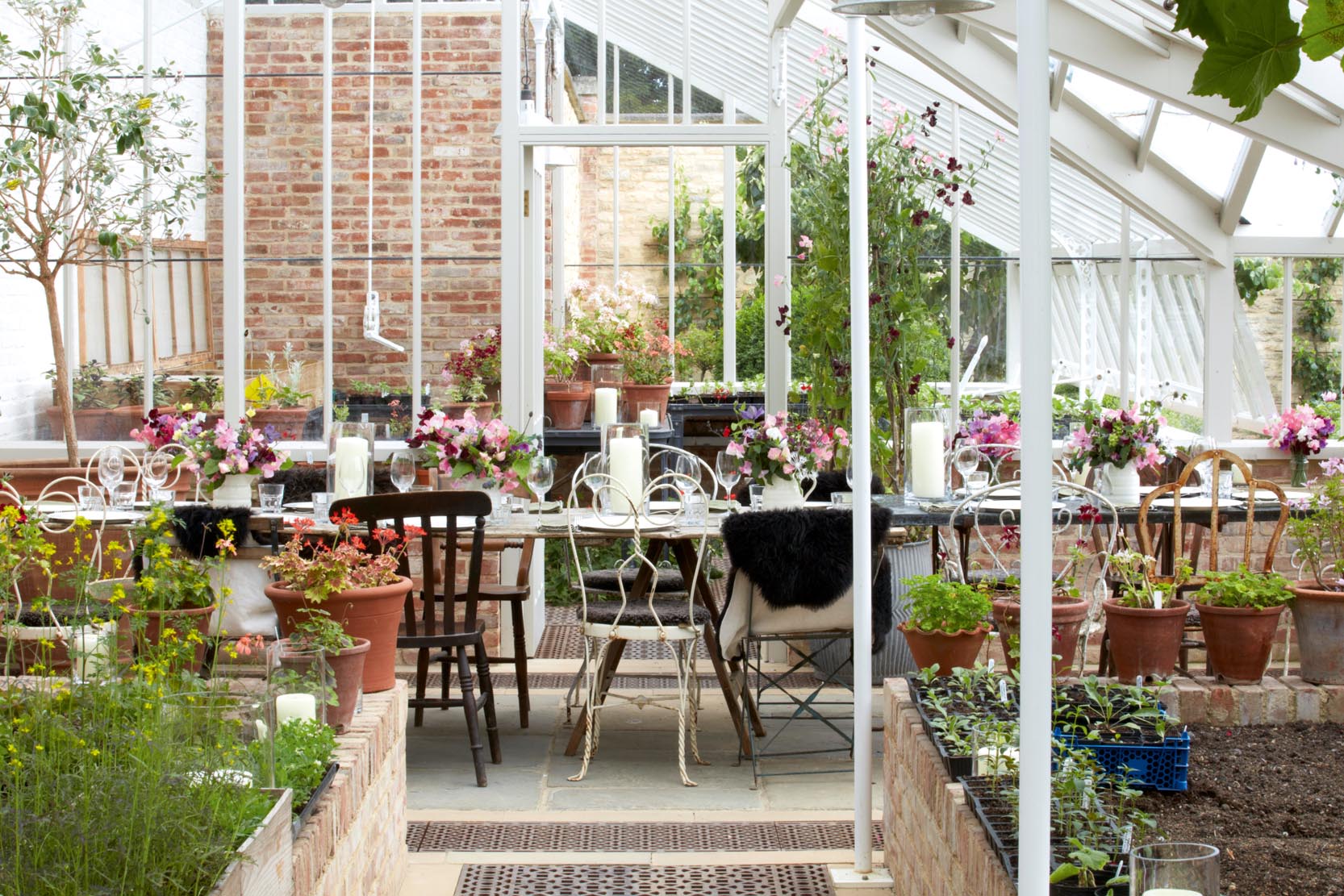
‘The greenhouse has a central atrium, with wirework furniture surrounded by scented plants — much used for small gatherings and special birthday parties. To one side is the “prop room”, with staging for historic tulips and unusual bulbs and a heated propagation bench for sowing annual flowers and vegetables. To the other is a trained vine and two flat peach trees in beds filled with flowers and every kind of kale. We are certified organic, so nematodes are key throughout.
‘Everything about the greenhouse is beautifully made, from the heated pipes to the Bath-stone floor with its lovely grating. It was a big investment, but it will last for generations.’
David Elton: Grow to cook
For David Elton, a founding partner of the popular The Pig hotels, a greenhouse for food is essential.
‘A greenhouse is critical to the 25-Mile Menu ethos at every Pig hotel,’ he explains. ‘More than 80% of our menu is touched by something from the kitchen garden or locally grown produce. The chefs adapt their menus to the best produce of the day and plan what to grow with the kitchen gardening team.
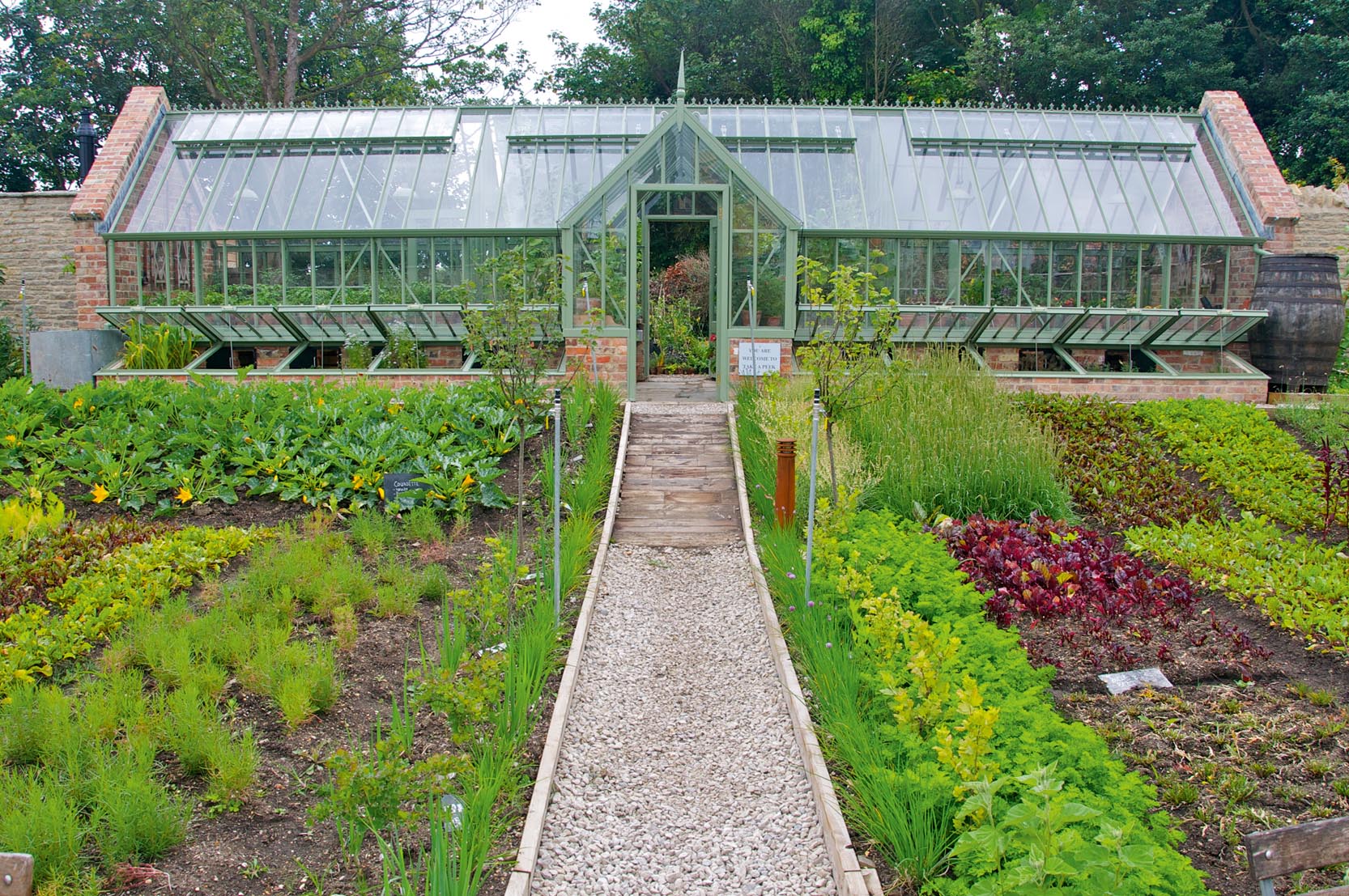
‘We really like the quality of the work at Alitex and have found the company easy to deal with. All our sites are so different: sometimes, an off-the-shelf design works, other times, we need a bespoke greenhouse.
‘The Pig at Harlyn Bay, Cornwall, was a challenging build, with a new Alitex lean-to greenhouse on the site of an old one, against a Cornish slate wall. The aluminium frame was painted with M&L Paints Silver Lavender to work well with the local stone. At The Pig on the Beach, Dorset, a bespoke greenhouse with brick gables was designed specifically for its site in the walled kitchen garden.
‘Guests love to visit the greenhouses. At The Pig in Bath, we added an Alitex greenhouse specifically for people to relax in — you can even have a private dinner for two inside.’
Mary Keen: Walk-through greenhouse
Garden designer and writer Mary Keen chose a cedar greenhouse by Woodpecker for her new Gloucestershire garden.
‘Wooden greenhouses need to be really well made. I have used Woodpecker for clients, but this is my first one. Mine is unpainted and, therefore, regime free, although I’ve recently ordered a painted one for a client that shouldn’t need repainting for 10 years.
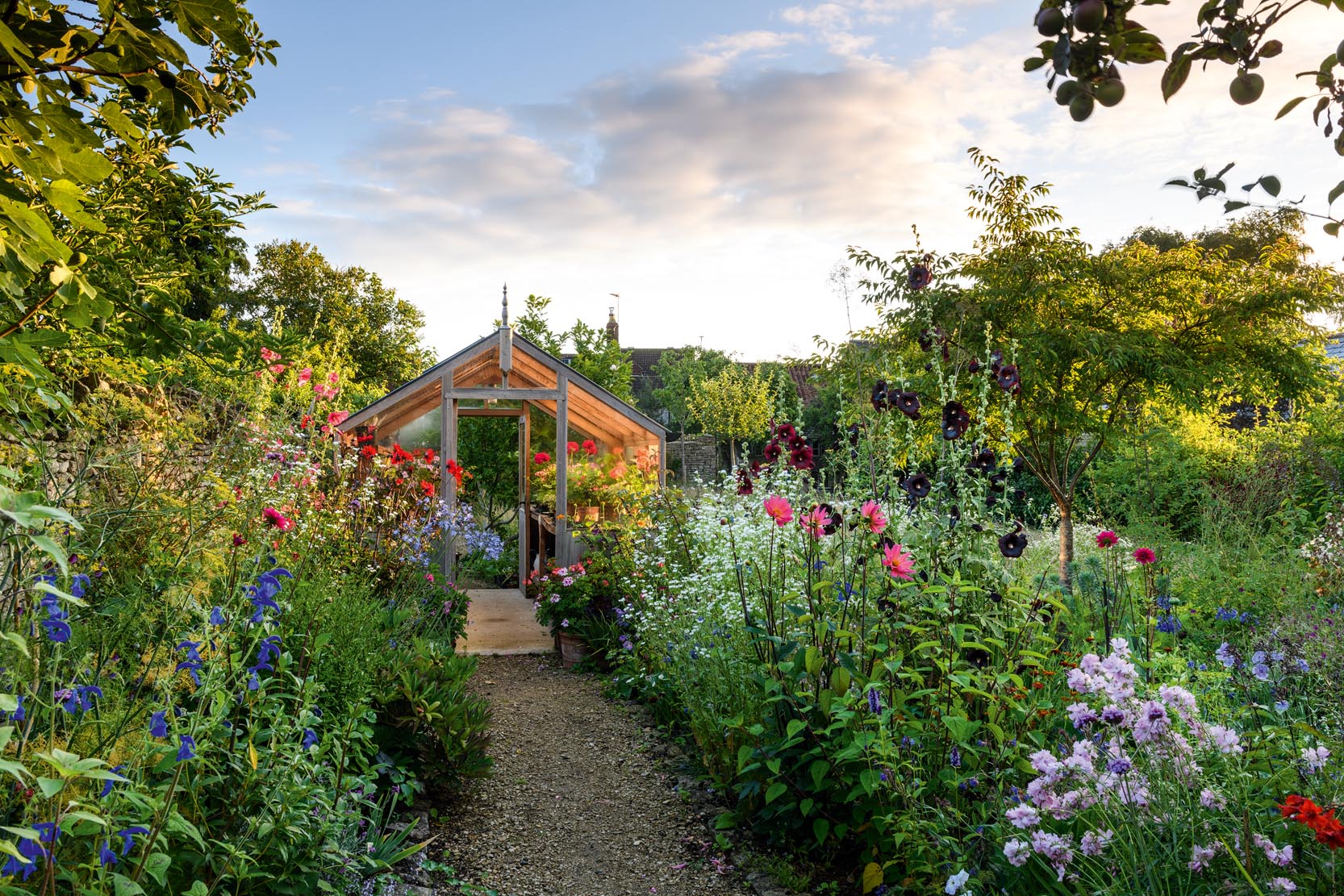
‘I wanted to be able to overwinter geraniums and half-hardies and to raise seedlings. Last year, I had tomatoes trained up to the roof, as in the Ravilious picture The Greenhouse: Cyclamen and Tomatoes, which was fun to do. I have staging along each side with a higher shelf on one side and spaces at each end for tall plants, such as lemon trees and plumbago. I have a Jempair heater set at the absolute lowest setting and use it as a cold fan when the doors are shut. Ventilation is key.
‘I think it was at Parham House, West Sussex, that I first walked through a greenhouse into another part of the garden. We designed one once that had a door through to a walled garden, which was very exciting. My greenhouse is absolutely part of the garden circuit — so much better than one that’s hidden away or a dead end.’
Matthew Rice: Handmade heaven
Artist and writer Matthew Rice’s 40ft greenhouse, together with its potting sheds at either end, forms one side of his abundant kitchen garden. ‘It was built seven years ago to my design by my ex brother-in-law Toti Gifford. It’s very simple, made of steel painted black, and works surprisingly well.
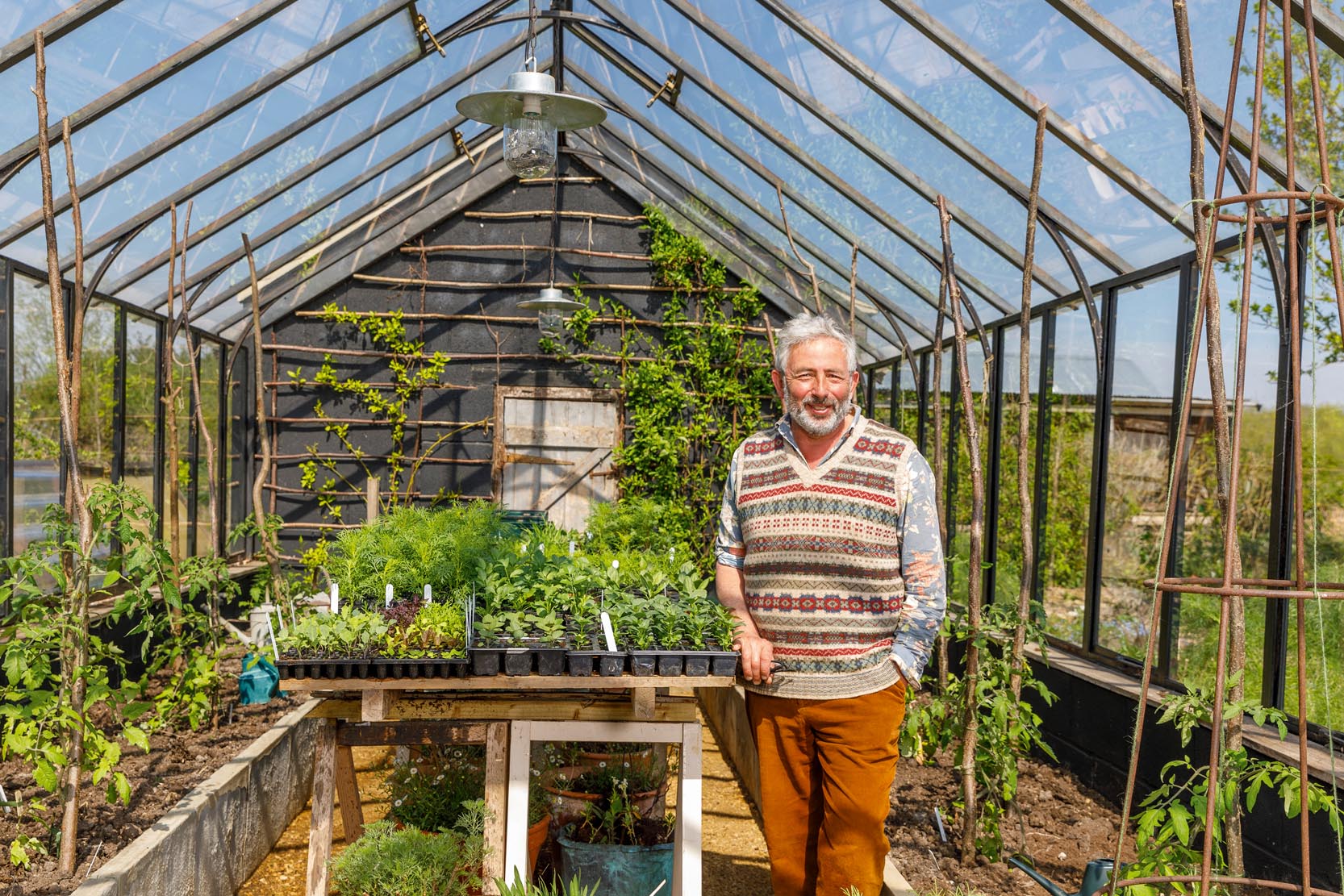
‘There are deep beds with a watering system and huge containers. In summer, I have a big floral splash as you go in — sweetpeas or Grandpa Ott morning glory — and lots of geraniums, plectranthus and the amazingly long-lasting Calibrachoa ‘Cabaret Purple’, alongside tomatoes, peppers and chillies.
‘There is a faintly heated room with warmed benches at one end, where I start things off. I double insulate it in winter with bubble wrap. There are ceiling ventilators and every other window opens. A mistake people often make is not enough ventilation. I definitely wanted a functional greenhouse, not a conservatory, but I do have slatted benches that I set up with a table so that I can have guests for dinner there. On the floor, I have hoggin. The disadvantage is that weeds grow in summer, but you can soak it and it looks very smart if you rake it.’
Adrian Cooper: The alpine house
Adrian Cooper’s alpine house sits comfortably at the top of a terraced slope, which becomes a sea of naturalised Pulsatilla vulgaris in spring. It is positioned to benefit from the shade of the house in summer and enjoy maximum winter sunlight. One of four greenhouses in this treasure trove of a garden, the alpine house was a bespoke commission by Griffin Glasshouses.
The interior is landscaped, the reclaimed brick base was designed to accommodate two runs of Kentish ragstone rockwork, home to Dr Cooper’s exquisite collection of alpines, some nurtured since he was a boy.
‘I chose Griffin because the company’s glazing widths are the widest available, with fewer glazing bars to disrupt the light. There are bespoke blinds for summer, roof ventilation along the entire length and each window opens full-length. The roof is steeply angled to draw up air and there are double doors at each end. It’s a decent size, 16ft by 24ft — a bigger greenhouse is more stable, smaller ones heat up and cool down too quickly.’ The doors are invitingly open all year round, too. ‘I only close them in very heavy rain or severe cold. In a way, it’s the opposite of a regular greenhouse’.
Alison Jenkins: Hard-working cedar
Alison Jenkins chose a bespoke 20ft by 10ft Gabriel Ash cedar greenhouse for its vital role at the heart of her organic smallholding in Somerset, where she runs workshops on edible gardens. ‘Timber greenhouses age naturally and blend in easily with the landscape,’ she explains. ‘Mine has a brick base, which acts as a thermal store. There’s no heating, but I lose very little to frost. We harvest rainwater near the house and pump it to a tap for a supply of untreated water.
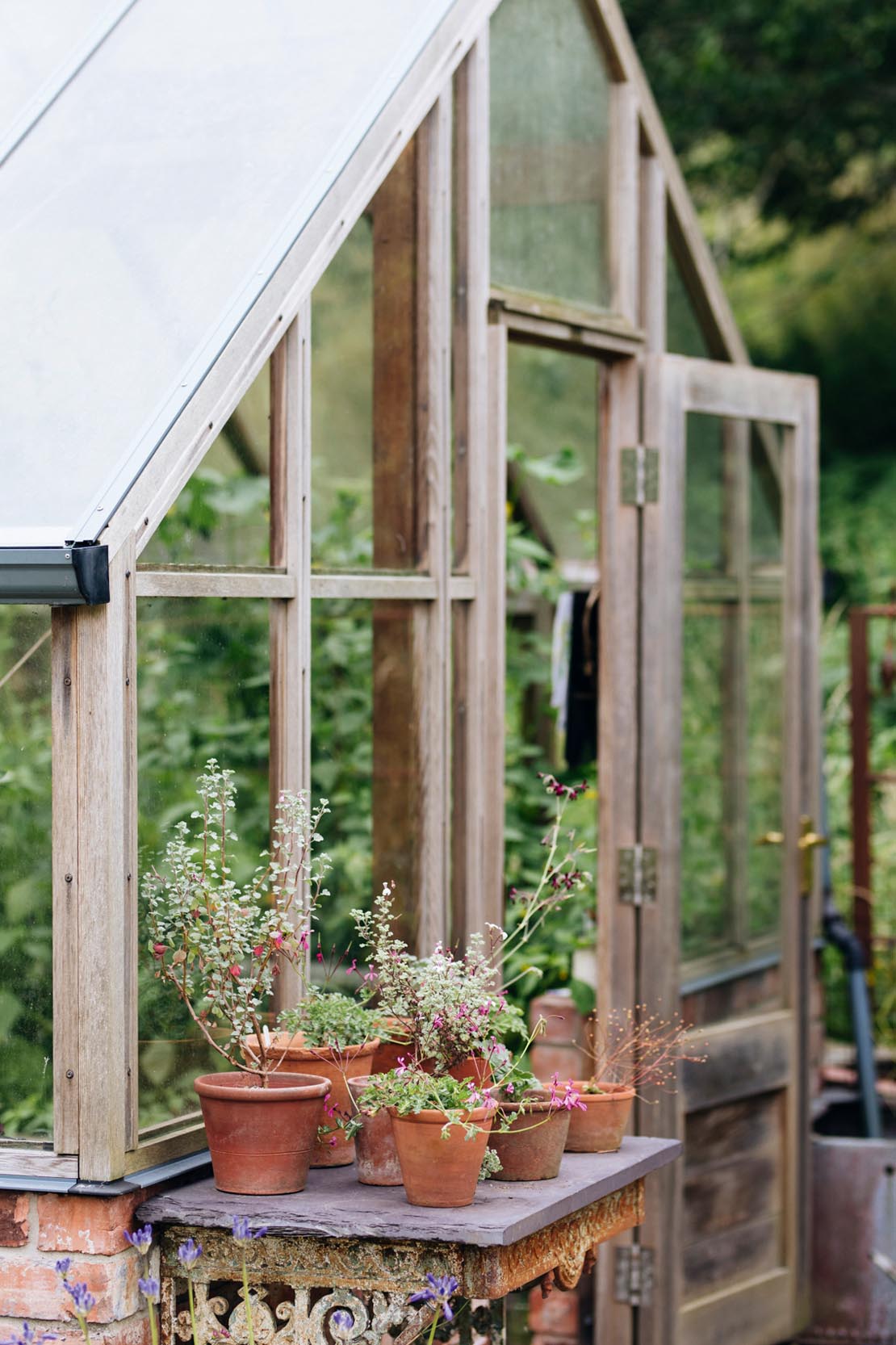
‘As well as a potting bench, there are beds along each length. One is raised with brick, where I grow chillies and aubergines. The minute I clear everything in August, I plant herbs and winter salads that I’ve already sown in modules, so I can crop right through the winter. The other bed is at ground level, with extra height for the tomatoes. When the tomatoes come out, I put up a trestle table for pots of autumn-sown hardy annuals and spring bulbs and store overwintering geraniums and salvias underneath. It’s all very flexible.
‘Greenhouses are never big enough! Mine felt like a huge luxury when I ordered it, but you expand to fill whatever you have.’
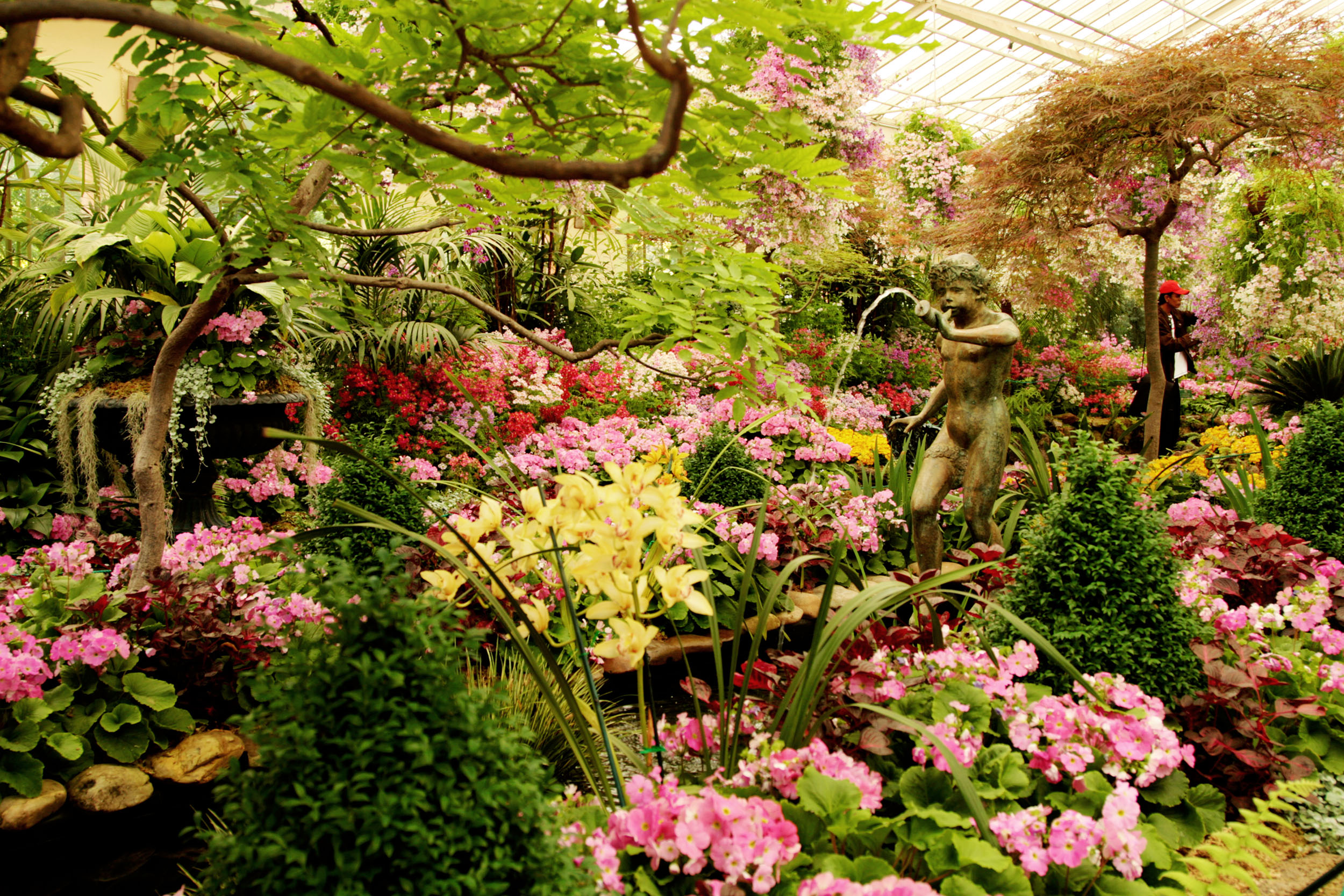
Credit: Moment Editorial/Getty
Alan Titchmarsh: Why I've decided that life's too short to keep growing the same old things in my greenhouse
Alan Titchmarsh's greenhouse has become a bit predictable – but he's now got big plans to mix things up.
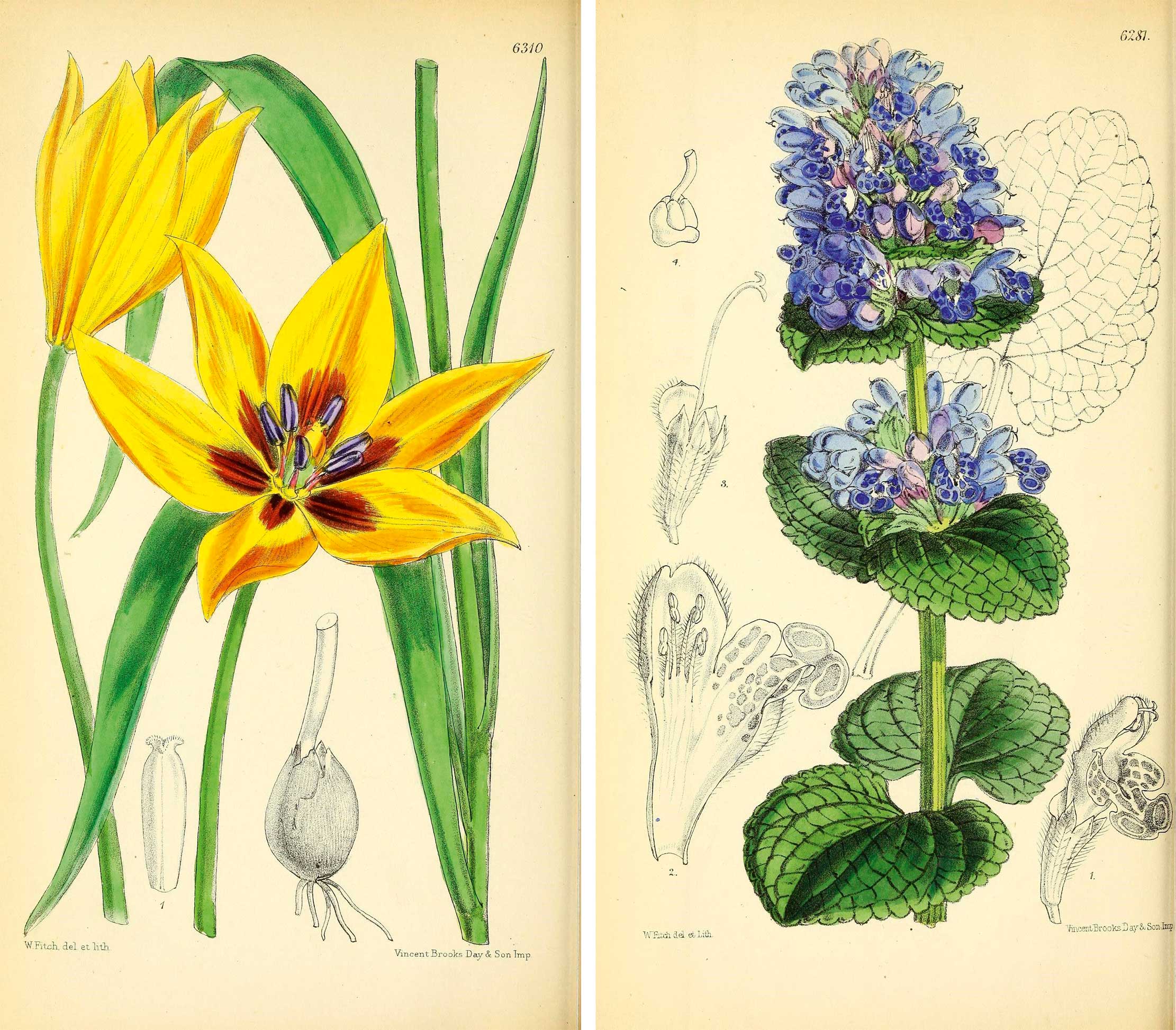
Alan Titchmarsh: The best gardening books in my library of 5,000 volumes
The best of Alan Titchmarsh's gardening books have helped shape his career — he takes a look at some very special
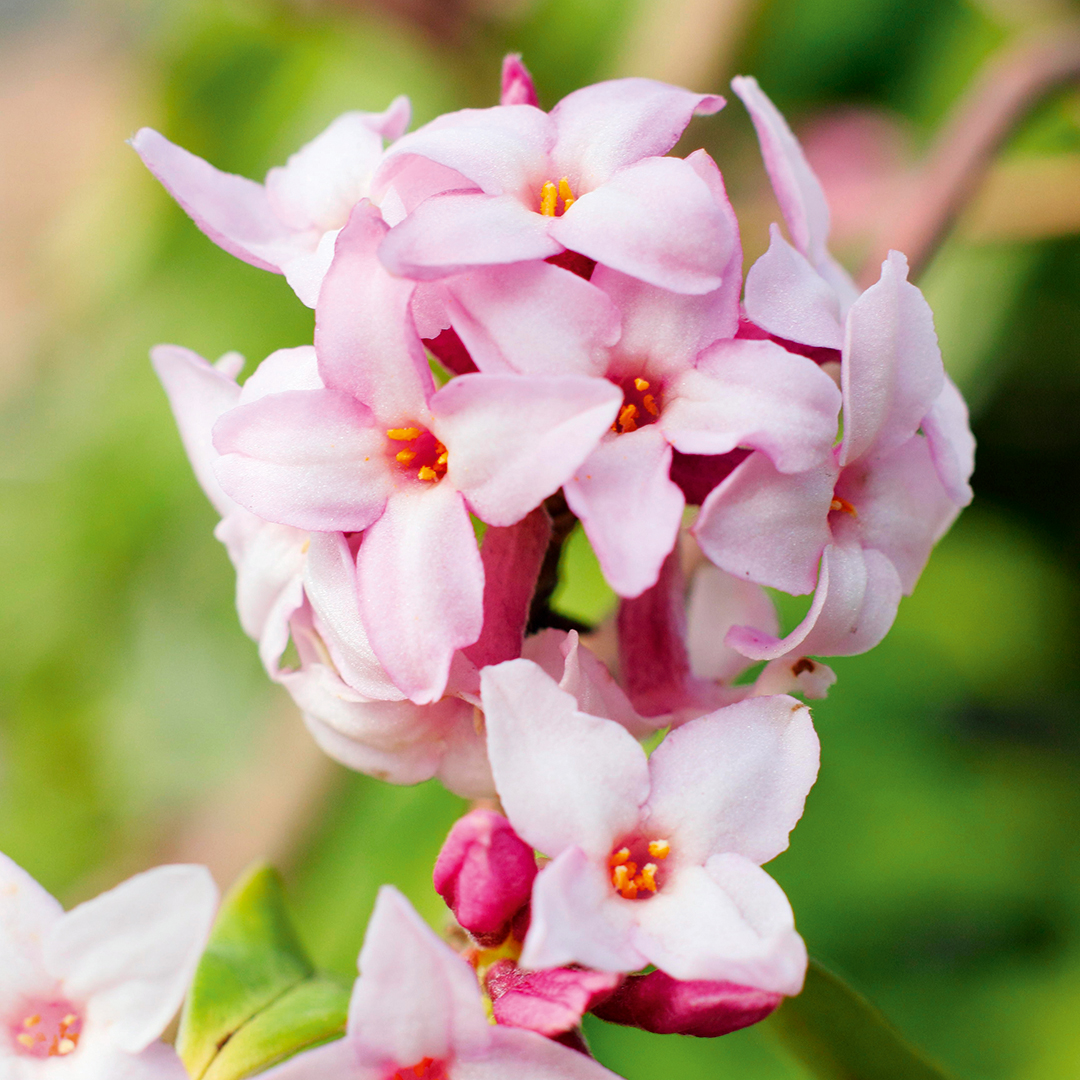
Alan Titchmarsh: Of all the fragrant plants in my garden, this is the one I most look forward to enjoying
The gardener, writer and broadcaster Alan Titchmarsh shares his favourite flowers for early in the season — including one with
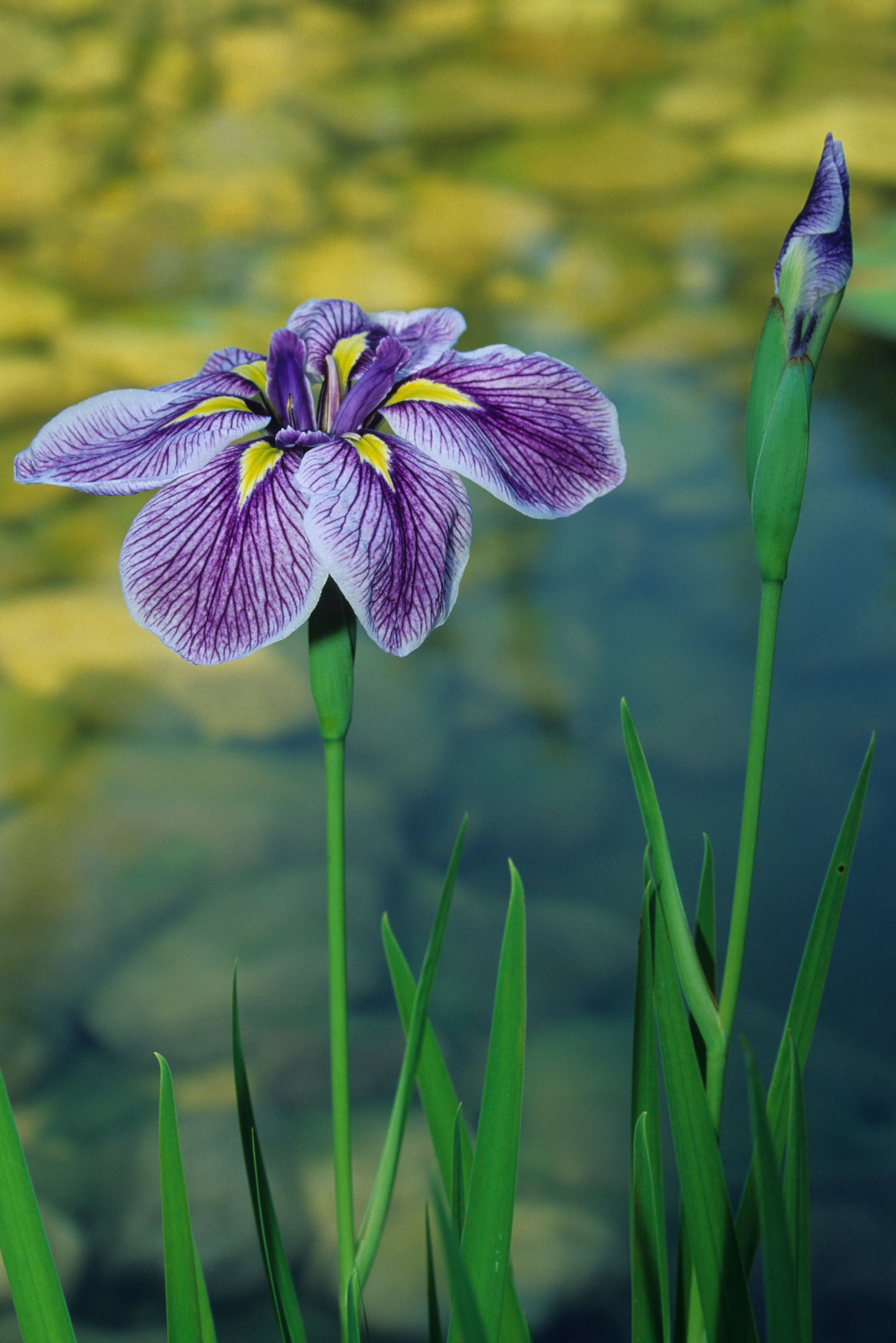
Alan Titchmarsh: The best plants to grow in a boggy garden
Alan Titchmarsh doesn't like soggy socks, but there are plants that love standing around in the damp all day.
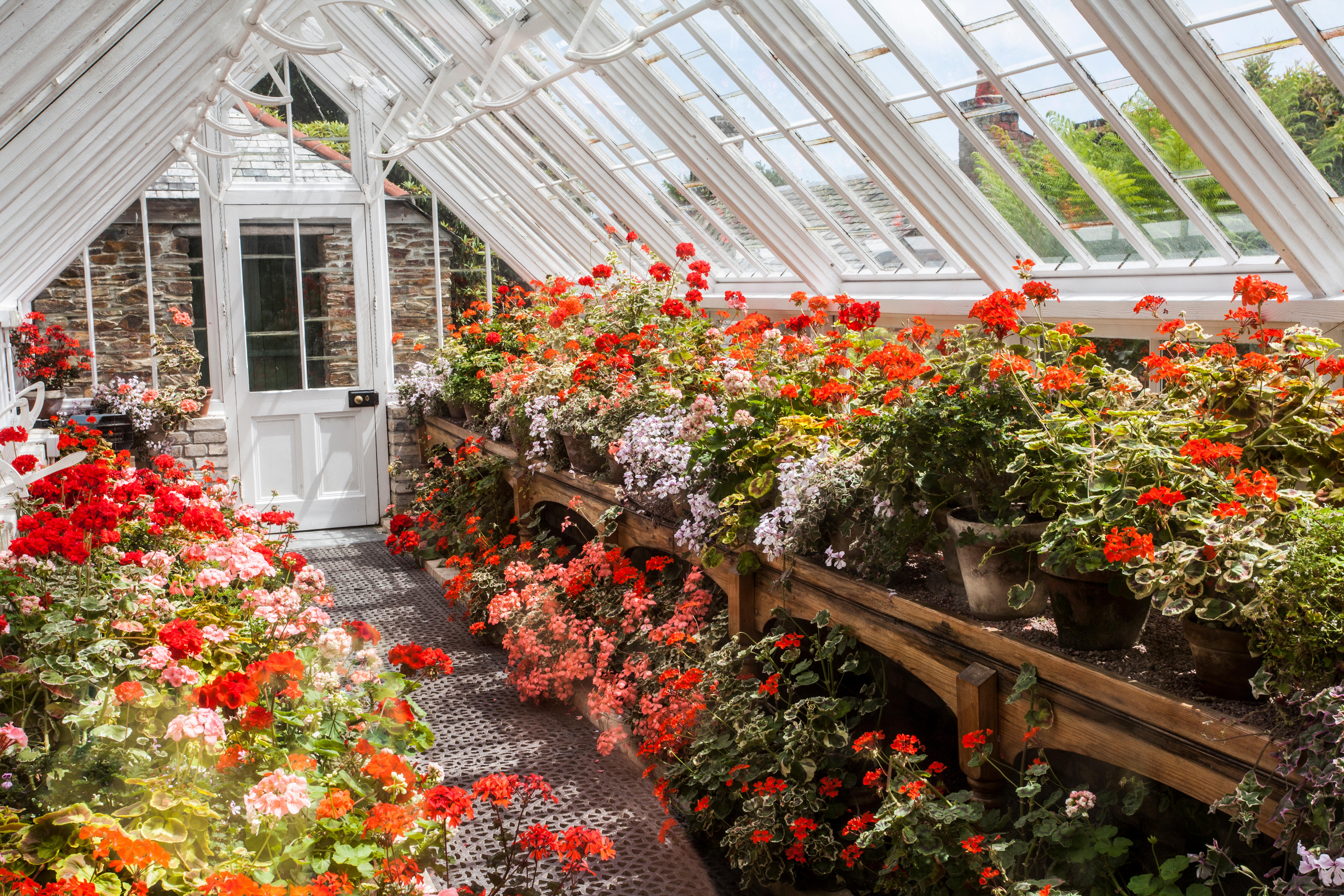
Alan Titchmarsh: The plants which will make you ignore the crazy rules of tastefulness and embrace a riot of colour
Alan Titchmarsh admonishes us all to embrace colour in the garden — and nothing brings it as easily as pelargoniums.
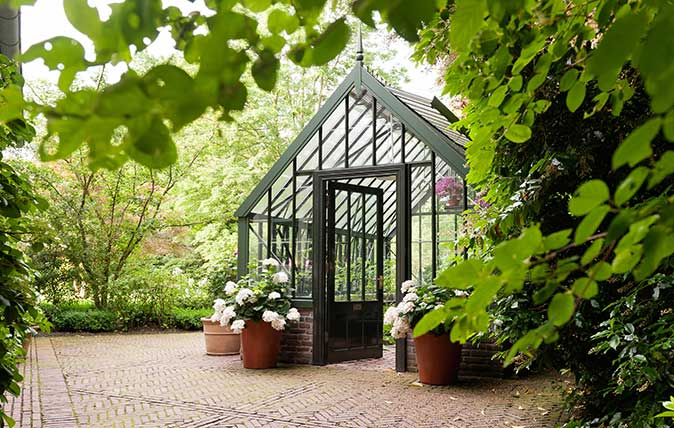
Credit: Alamy
The joy of the greenhouse: Perfect spaces to plant, prune or just potter about
Greenhouses, glasshouses and orangeries were torn down across Britain a few decades ago – thankfully, they're now back on the
-
 Six rural properties with space, charm and endless views, as seen in Country Life
Six rural properties with space, charm and endless views, as seen in Country LifeWe take a look at some of the best houses to come to the market via Country Life in the past week.
By Toby Keel
-
 Exploring the countryside is essential for our wellbeing, but Right to Roam is going backwards
Exploring the countryside is essential for our wellbeing, but Right to Roam is going backwardsCampaigners in England often point to Scotland as an example of how brilliantly Right to Roam works, but it's not all it's cracked up to be, says Patrick Galbraith.
By Patrick Galbraith